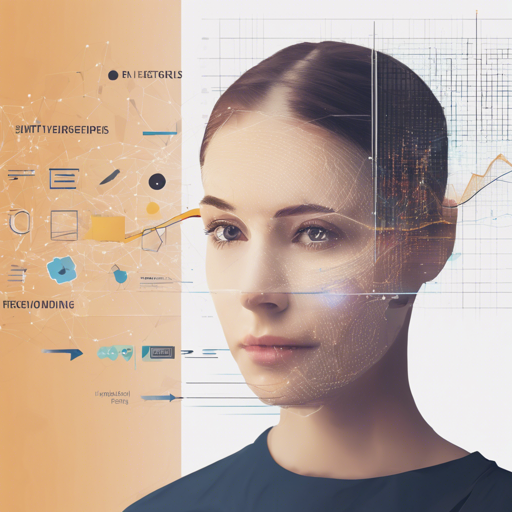Drowsiness while driving is a serious issue that can lead to severe accidents. According to the National Highway Traffic Safety Administration, about 100,000 police-reported crashes each year involve drowsy driving. This guide will help you install and run a Drowsiness Detection System that alerts users if they are drowsy. So, let’s get started!
Motivation Behind the Project
Our aim is to create an effective system that can detect drowsiness based on facial landmarks. This system will not only enhance road safety but also potentially save lives by providing timely alerts.
Installing and Configuring dlib
To get started with our Drowsiness Detection System, we need to install dlib, which cannot be installed directly via pip. Follow these straightforward commands to set it up in your Anaconda environment:
Step 1: Update conda
conda update condaStep 2: Update Anaconda
conda update anacondaStep 3: Create a Virtual Environment
conda create -n env_dlibStep 4: Activate the Virtual Environment
conda activate env_dlibStep 5: Install dlib
conda install -c conda-forge dlibIf all steps are completed successfully, dlib will be installed in your virtual environment env_dlib. Make sure to use this environment for the entire project.
Deactivating the Virtual Environment
conda deactivateRunning the System
Now that we have everything set up, follow these steps to run the Drowsiness Detection System:
Step 1: Clone the repository
git clone https://github.com/fear-the-lord/Drowsiness-Detection.gitYou can also download the ZIP file directly.
Step 2: Download the Required File
Get the file bshape_predictor_68_face_landmarks.dat here. Make sure to place it in the same folder as the project.
Step 3: Install System Requirements
pip install -r requirements.txtStep 4: Run the Application
python app1.pyStep 5: Access the Web Application
Open your browser and type localhost:8000 in the search bar. If this port isn’t available, the Flask application will switch to another port, which you can find in your command prompt. Simply enter that port in your browser.
Understanding the Drowsiness Detection Mechanism
Let’s delve into how the Drowsiness Detection System works, akin to a vigilant gardener observing your garden:
- The system acts like a gardener who first detects the plants (faces) in the garden (video input) using a frontal face detector.
- Next, it inspects the health of those plants (facial landmarks) using a landmark predictor that provides critical coordinates for specific facial features, similar to checking the branches (eyebrows and eyes) and leaves (mouth).
- Only the most important features, the eyes and mouth, are monitored closely to check for signs of drowsiness.
- The eye aspect ratio (EAR) is calculated with a specific formula just like a gardener measures the growth of plants, helping to decide if the eyes are open or closed.
- Sufficiently similar methods are applied to calculate the mouth aspect ratio (MAR) to detect yawning.
Results and Output
The GUI is crafted with basic HTML, CSS, and JavaScript using Flask to render the Python code in a web interface. The output monitors and stores frames when drowsiness is detected, helping keep a record of sleepy periods.

Click here to see the demo.
Troubleshooting
Here are some tips if you encounter issues:
- Ensure your environment is activated properly.
- Double-check that the required file
shape_predictor_68_face_landmarks.datis in the correct folder. - If the web application does not open, verify that Flask is correctly installed, and the right port is being accessed.
- If your application crashes, consider checking your dependencies in
requirements.txtfor any specific version requirements. - For more insights, updates, or to collaborate on AI development projects, stay connected with fxis.ai.
Future Scope
We believe this system has immense potential. Future enhancements could involve real-time hosting of the Flask app or integrating advanced machine learning models for better accuracy.
References
- Facial landmarks with dlib, OpenCV, and Python
- Eye blink detection with OpenCV, Python, and dlib
- Drowsiness Detection with OpenCV
- Real-Time Eye Blink Detection using Facial Landmarks
At fxis.ai, we believe that such advancements are crucial for the future of AI, as they enable more comprehensive and effective solutions. Our team is continually exploring new methodologies to push the envelope in artificial intelligence, ensuring that our clients benefit from the latest technological innovations.

